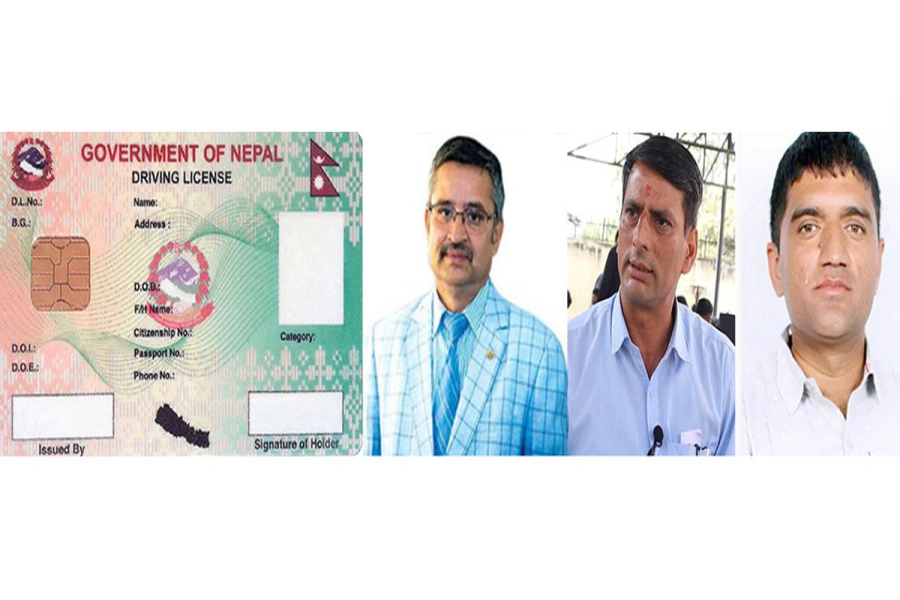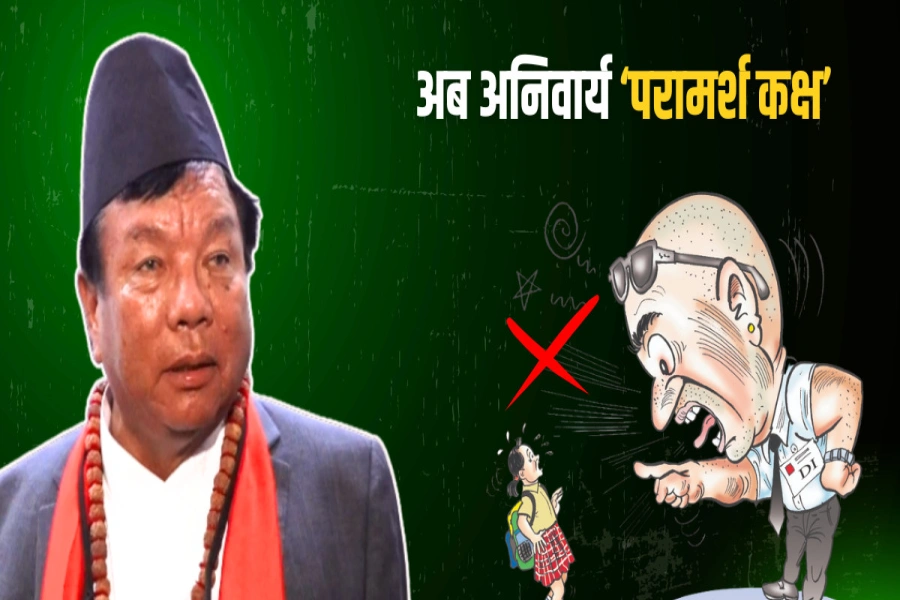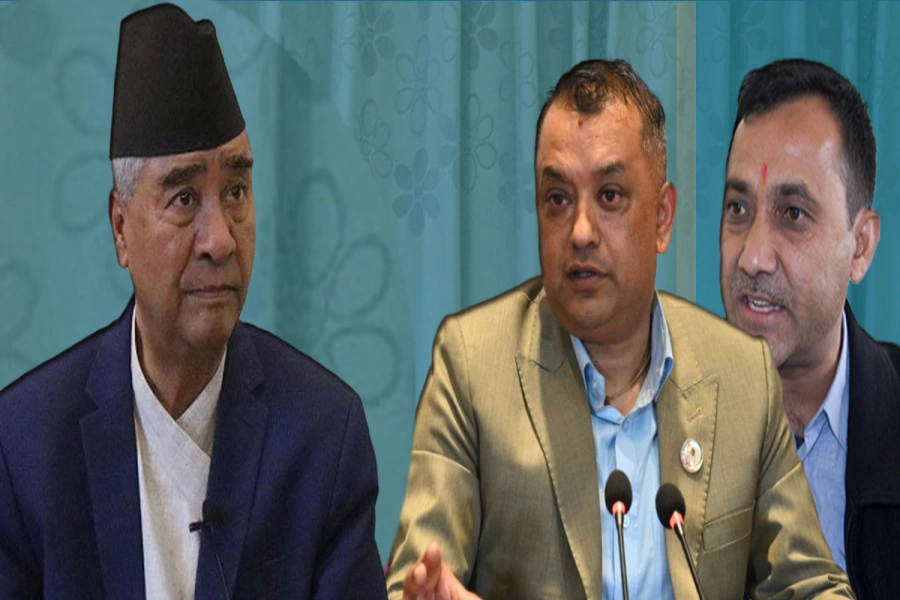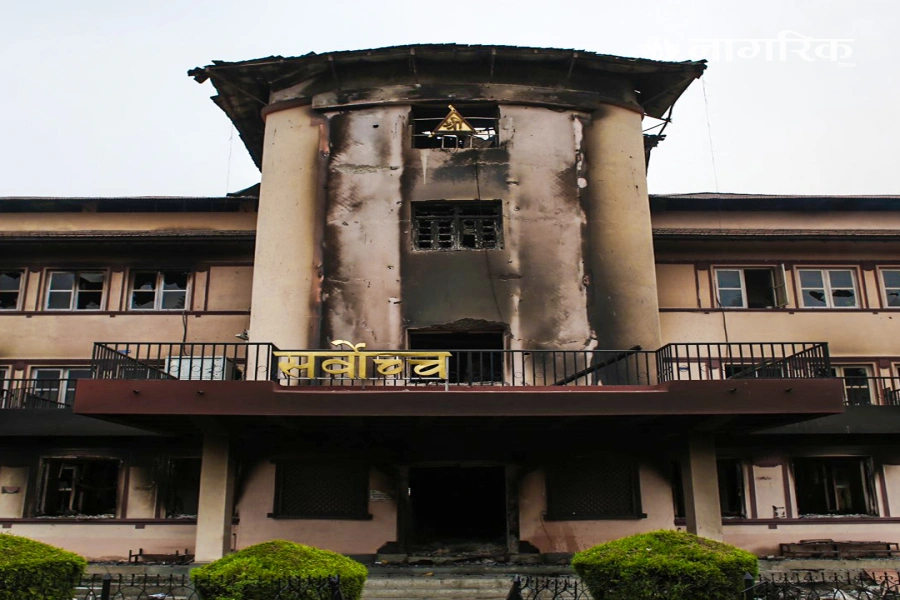Nepal began harnessing its water resources more than a century ago. The 500-kilowatt Pharping hydropower plant came into operation in 1911 AD, effectively laying the foundation for Nepal's identity as a water resources-rich country. More than 110 years down the road, Nepal finds itself at a crossroads in its energy journey – thanks to institutional inertia, regulatory bottlenecks and a lack of political commitment to realize the hydropower potential, allegedly said to be one of the largest in the world. The government has unveiled an ambitious target of generating 28,500 megawatts of electricity over the next decade. The private sector or independent power producers have a huge role to play if we are to meet that target. By conservative estimates, it costs more than Rs six trillion.
The Independent Power Producers’ Association, Nepal (IPPAN) has made an appeal to Prime Minister KP Sharma Oli, it seems, after exhausting all its options: facilitate the resumption of Initial Public Offerings (IPOs) and rights issues currently stalled by the Securities Board of Nepal (SEBON). For the past 20 months, SEBON has withheld approval for IPOs and rights issues of 53 hydropower companies, citing a directive from the Public Accounts Committee (PAC) and the lack of a clear definition of “real net worth.” As a result, an estimated Rs 20 billion in IPO applications and Rs 4.5 billion in rights issues are in limbo. These are not abstract numbers – they represent the financial fuel required for ongoing hydropower construction, much of which has now come to a grinding halt. The government's inaction has also triggered unrest at the grassroots level. Communities affected by these projects – communities that were promised shares — are now obstructing construction.
Himalayan Reinsurance IPO Allotment: Up to 30 shares granted as...

Clause No. 6 of the PAC decision only adds insult to injury. It restricts founding investors from selling one-third of their shares even after fulfilling the lock-in period and repaying loans. If investors are chained to a project with no viable exit, it will only de-incentivize investments, or reinvestments, in new ventures. This provision risks stifling the very crowd financing model that has successfully mobilized capital in this highly capital-intensive sector. Let us also consider global norms. In many countries with advanced hydropower sectors, lock-in periods are far shorter – often just six months. These countries recognize that capital mobility is essential for rapid infrastructure development. In contrast, Nepal’s current restrictions and regulatory vacuum have created an environment of uncertainty that no serious investor can overlook.
SEBON as a regulator has the responsibility to ensure transparency and protect investors. The regulator is also expected to facilitate capital flow in a fair and timely manner. SEBON’s decision to halt IPO approvals, initially due to the absence of a chairperson and now due to an undefined financial term, reflects a lack of will to act proactively. IPPAN has exhausted all institutional channels – writing to the PAC, the Finance and Energy ministries, and SEBON – only to be met with silence or deferral. It is now time for the Prime Minister to break this stalemate. The government must immediately define “real net worth,” reconsider the excessive restrictions on share sales, and direct SEBON to resume IPO and rights issue approvals under the existing legal framework.
Over 141 hydropower projects, with a combined capacity of more than 4,000 MW, are under construction. Billions in private investment are at risk. If we are to meet our ambitious energy goals and realize the full potential of public-private partnership in this sector, decisive action is needed now. The ball is in Prime Minister Oli's court. He should use his office to facilitate the IPO and the rights issue processes. The Prime Minister can do so by coordinating with the Public Accounts Committee and providing the directives to the Securities Board, creating an enabling for the resumption of hydropower project construction.


































